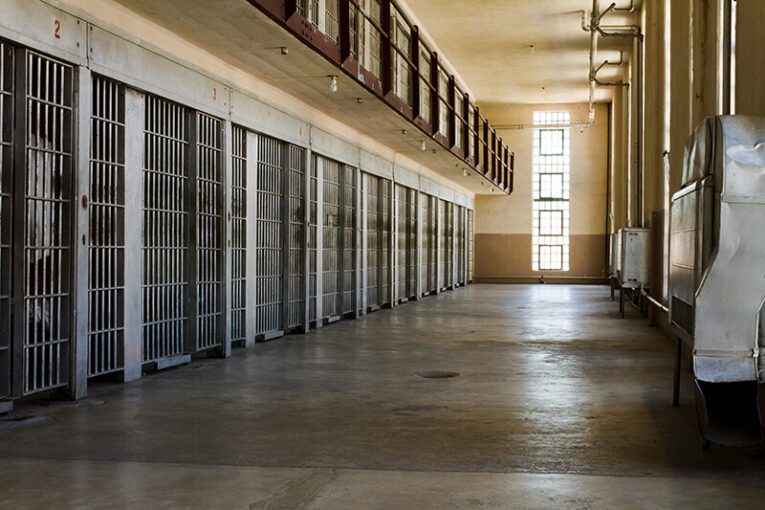
NORTHHAMPTON, MASS – A recent analysis of new data from the Bureau of Justice Statistics (BJS) by Emily Wildra at the Prison Policy Initiative has identified an overrepresentation of Native people within the criminal justice system.
According to Wildra, Native people account for one percent of the US population, but make up three percent of the incarcerated population, about two to four times higher than white people.
Pandemic lows, Wildra writes, brought incarcerated rates down across the country, but those numbers are returning to where they once stood and are disproportionately representing older adults and women within Native country.
According to PPI, the ability to take an in-depth look at this trend is in part due to the BJS’s greater data collection and publication processes over the recent years.
Wildra reported that, in 2020, the Native population in so-called Indian country jails saw its first decrease since 2013.
But, following this decline, from 2020-2023, Indian country jail populations rose at a similar rate compared to nationwide local jail populations. In 2022-2023, Indian country jail populations rose by seven percent, while local country jail populations increased by just .2 percent, reported Wildra.
The PPI report also revealed the disparity in the number of women and older adults who were incarcerated in Indian country jails. Women accounted for 26 percent of all adults who were incarcerated in Indian jails, contrasted against other nationwide local jails where that percentage is just 16 percent.
Since the COVID-19 pandemic, Wildra stated, women population in Indian country jails grew 37 percent, while men grew just 15 percent.
When looking at adults over 55, Wildra found that in Indian country jails, that number grew at 38 percent compared with the number of adults under 55 growing by just nine percent.
Wildra reflected on the national trend, writing, “Housing instability, chronic diseases, poverty, and substance use all disproportionately impact Native people, and older Native adults are particularly vulnerable to arrest, detention, and the serious and harmful consequences of incarceration.”
Digging into the categorization of offenses of those that were incarcerated, Wildra found the numbers “clarify what’s driving population growth in Indian country jails, while illuminating troubling trends about the overuse of these jails at the same time.”
Holds due to mental health or civic commitment highlight the ambiguous circumstances in which jails are utilized, said Wildra, adding, “Given the heightened prevalence of substance use disorders among Native people, the fact that people are in jail for mental health and civil commitment holds instead of receiving crucial healthcare reflects a serious dearth of treatment access on Native land.”
According to Wildra, another widespread issue not specifically pertaining to Indian country jails, but still affecting them, is the number of unspecified warrants used.
Wildra explained that “about 20 percent of people in Indian country jails are detained for warrants without a specified offense.” Usually due to a “failure to appear” detention, these jailings “do not actually promote public safety and are often a misuse of resources.”
Wildra added the majority of those who do miss criminal court, 87 percent nationally, are normally facing “nonviolent” charges. Because a quarter of the cases are normally dismissed, Wildra states that many face punishment for a crime that should not have even put them in that position in the first place.
A trend facing the youth in Native populations finds “more than 1 in 10 youth in Indian country jails are held for a status offense,” stated Wildra. These actions are often violations of the law because of their minor status.
PPI’s Wildra argued, “Native youth are disproportionately represented in status offenses across the country: in 2021, Native youth accounted for four percent of all status offense cases in juvenile court, while only 1.3 percent of the total U.S. population is Native.”
Wildra reflected on the trends, stating they “mirror what’s happening in jails elsewhere across the country, and having this level of detail is nonetheless crucial to understanding how the criminal legal system impacts Native people and communities.”
Reducing native incarceration trends in the future will require further reduction of barriers to this information and increased transparency, writes Wildra, urging the Bureau of Justice Statistics to continue this practice of data dissemination so that the public can get a better understanding of racial disparities in Indian country jails.
Find more at: https://www.prisonpolicy.org/blog/2024/10/08/indian-country-jails-2023/